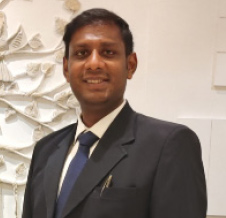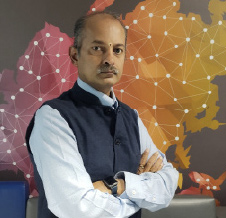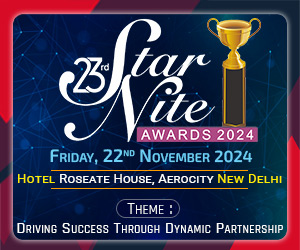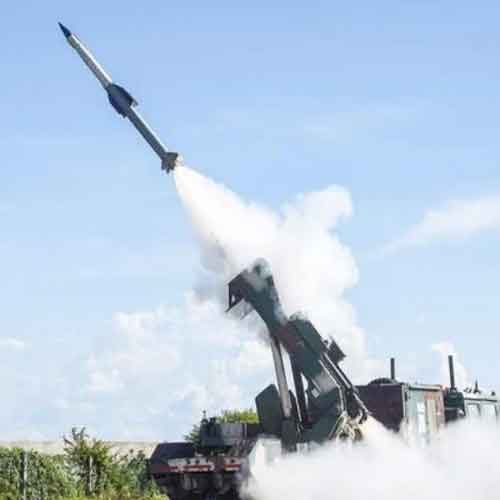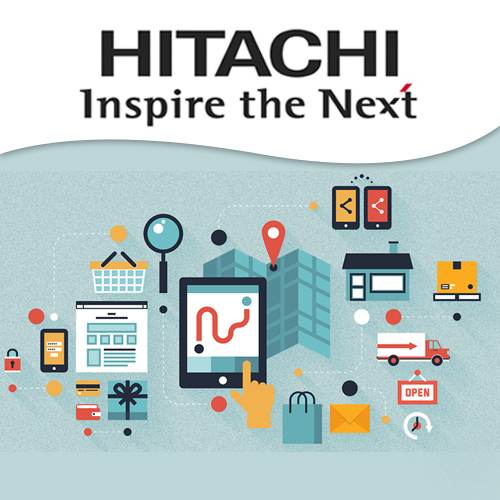
Hitachi Vantara, a wholly-owned subsidiary of Hitachi Ltd, has released its key business and technology trends for Asia-Pacific in 2018. These trends are jointly predicted by Hubert Yoshida, Chief Technology Officer, and Russell Skingsley, Chief Technology Officer, Asia- Pacific.
The adoption of Internet of Things (IoT) platforms will dominate enterprise IT strategies in 2018, alongside a number of other areas. Yoshida and Skingsley have identified ten key trends for the Asia-Pacific technology market in 2018.
*1: IoT solutions
IoT solutions deliver valuable insight to support digital transformation and are rapidly becoming a strategic imperative in almost every industry and market sector. IT must work closely with the operations side of the business to focus on specific business needs and define the scope of an IoT project.
*2: Object storage
Enterprises started their digital transformation this year but the first problem that they ran into was the ability to access their data. Data is often locked in isolated islands that make it costly to extract and use. These islands were built for purpose and not to be shared, and many contain data that is duplicated, obsolete or no longer used because of changes in business process or ownership.
While object storage can store massive amounts of unstructured data and provide metadata management and search capability, the ability to be context-aware is missing. Object storage now has the ability to be “smart” with software that can search for and read content in multiple structured and unstructured data silos and analyze it for cleansing, formatting and indexing.
*3: Analytics and artificial intelligence
2018 will see a growth in analytics and artificial intelligence (AI) across the board as companies see real returns on their investments. According to IDC, revenue growth from information-based products will double the rest of the product and services portfolio for a third of Fortune 500 companies by the end of 2017.
Pentaho’s machine learning orchestration, with integrations for languages like R and Python and for machine learning technologies like Spark MLlib, are steps in that direction. Lumada, Hitachi’s IoT platform, enables scalable IoT machine learning with flexible input and outputs, standardizes connections that can automatically configure and manage resources, and is compatible with Python, R and Java for machine learning.
*4: Wider adoption of video analytics
Video content analytics will be a “third eye” for greater insight, productivity and efficiency in a number of domains beyond public safety. Algorithms that automatically detect and determine temporal, spatial and relational events combined with other IoT information, like cell phone GPS and social media feeds, to apply to a wide range of businesses like retail, healthcare, automotive, manufacturing, education and entertainment.
*5: Extension of agile methodologies across the enterprise
Digital transformation is all about efficiency and working together to drive faster and more relevant business outcomes. This is why more information technology organizations are adopting agile methodology.
IT organizations have a legacy of siloed operations with server, network, storage, database, virtualization, and now cloud administrators passing change notices back and forth to deliver a business outcome. In fact, many would argue that IT was more focussed on IT outcomes and not business outcomes.
*6: Data governance 2.0
2018 will see new challenges in data governance which will require organizations to implement new frameworks. The biggest challenge will come from the General Data Protection Regulation (GDPR), which will give EU residents more control over their personal data. This regulation will drive up costs and increase the risks involved in collecting and storing personal data. Violations of the GDPR could face fines totalling up to $21.75 million, or 4% of EU’s total annual worldwide turnover of the preceding financial year.
*7: Containers enable movement to the next level of virtualization
Container-based virtualization is the latest virtualization technology that will gain wider acceptance in 2018. Considered a new generation of virtual machines (VMs), which abstracted an entire device including the operating system (OS), containers consist only of the application and all the dependencies that the application needs.
Enterprises are migrating and developing new applications with containers in order to be competitive in today’s market that is defined by agility and efficiency. As an organization, we have built our IoT platform, Lumada, on containers and micro services and are fully embracing the benefit that they bring by moving our management software for Pentaho worker nodes, Hitachi Content Intelligence and Hitachi Infrastructure Director to containers as well. Storage Virtualization Operating System (SVOS) for Virtual Storage Platforms (VSP) also has a plugin to provision persistent VSP storage in containers – a trend we expect many storage vendors to follow next year.”
*8: Blockchain projects
According to Yoshida, blockchain will be in the news in 2018 for two reasons:
First is the use of cryptocurrencies, which saw growing acceptance this year as a stable currency in countries that were plagued by hyperinflation. Japan and Singapore are also indicating that they will create flat-denominated cryptocurrencies in 2018 that will be run by banks and managed by regulators. Consumers will use this for P2P payments, ecommerce and fund transfers. This will lead many banks to turn to blockchain to help them build the capacity needed to manage accounts in cryptocurrencies.
Second is the growing use of blockchain in the financial sector for routine processes like internal regulatory functions, customer documentation and regulatory filings. Interbank fund transfers via blockchain ledgers are also expected to expand in 2018, and other sectors will begin to see prototypes with smart contracts and identity services for healthcare, governments, food safety and counterfeit goods.
*9: Time is right for biometric authentication
The increasing numbers of passwords required by today’s consumers will also support the shift towards biometric authentication in 2018.
“In reality, most of us use the same password for the accounts that we don’t think are very important. Unfortunately, hackers also know this, so once they discover a password, they will use it to successfully hack other accounts. Businesses are coming to the realization that proxies that represent our identity – like passwords, ATM cards, and pin numbers – even with two-factor authentication, are hackable,” says Skingsley. “Smartphone vendors and financial companies are moving to solve this problem by using biometrics which represent the real user. But choosing the right biometric is important. If a biometric like a fingerprint is hacked, there is no way to reset it in the same way you would a pin number or password. Since we leave our fingerprint on everything we touch, it is conceivable that someone could lift our prints and reuse them. Hitachi recommends the use of finger vein, which can only be seen when infrared light is passed through a live finger to capture the vein pattern and is the most resistant to forgery.”
*10: Co-creation of value
Traditional business thinking starts with the premise that the producer autonomously determines value through its choice of products and services. Consumers have typically been consulted through market research and were passively involved in the process of creating solutions and value. In 2018, Yoshida thinks we will witness a shift in value creation, away from producer-centric, solution-value creation to a co-creation paradigm of value creation.
Hitachi sees co-creation as the process of collaborating with customers and ecosystem players in order to innovate and create new value for business stakeholders, customers and society at large. The company has been co-creating with a number of customers and has developed a co-creation methodology that it expects will see further uptake in 2018.
Tags: Hitachi Vantara, IoT Platforms, IT Trend in 2018, iot, internet of things, IoT solutions, artificial intelligence, ai, varindia
See What’s Next in Tech With the Fast Forward Newsletter
Tweets From @varindiamag
Nothing to see here - yet
When they Tweet, their Tweets will show up here.














